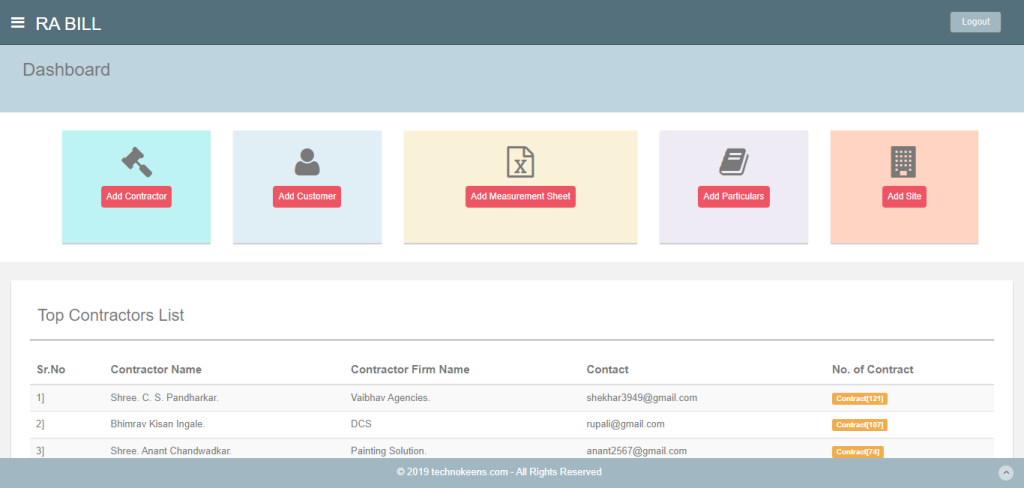Defining The Problem
Technokeens: The Crucial First Step Defining the Problem in Software Development
Defining the problem in software development is a critical initial step that sets the foundation for the entire development process. It involves clearly identifying and understanding the specific challenges or requirements that the software solution aims to address. This process typically involves gathering insights from stakeholders, end-users, and other relevant parties to gain a comprehensive understanding of the issues at hand.
Overview
Unleashing Success: The Power of Problem Definition in Software Development
By clearly defining the problem at hand, software development teams are able to set a solid and concentrated vision for the project. This vision encompasses the project’s objectives, functionalities, and expected outcomes, providing a roadmap for the development process. Moreover, this well-defined vision acts as a crucial reference point for evaluating the success and effectiveness of the proposed solution once it is implemented. Through this comprehensive approach to problem definition, software development teams can ensure that their efforts are targeted and aligned with the desired outcome, ultimately leading to a more efficient and successful project.
In addition to setting a clear vision, defining the problem in software development also helps in identifying potential constraints and challenges that may arise during the project. By understanding the problem thoroughly, developers can anticipate and address any technical limitations, resource constraints, or regulatory requirements that may impact the development process.
Furthermore, a well-defined problem statement enables effective communication and collaboration among team members. When everyone involved in the project understands the problem statement and its objectives, they can work together more efficiently and effectively towards finding a solution. This shared understanding also promotes a sense of ownership and accountability among team members, fostering a collaborative and productive work environment.
Defining the problem also aids in prioritizing tasks and allocating resources appropriately. By breaking down the problem into smaller, manageable components, developers can identify the critical areas that require immediate attention. This allows for better resource allocation, ensuring that time and effort are focused on the most important aspects of the project.
Moreover, a clearly defined problem statement facilitates the evaluation and selection of potential solutions. It provides a benchmark against which different solutions can be measured, helping developers assess their feasibility, viability, and potential impact. This evaluation process allows for informed decision-making, as teams can weigh the pros and cons of each solution in relation to the defined problem.
In conclusion, defining the problem is an essential step in software development. It establishes a clear vision, helps identify constraints and challenges, promotes effective communication and collaboration, aids in task prioritization and resource allocation, and facilitates solution evaluation. By investing time and effort in accurately defining the problem, software development teams set themselves up for success by ensuring that their efforts are focused on delivering valuable and effective solutions.
Industries

The Importance of Defining the Problem in Software Development
In addition to the aforementioned benefits, defining the problem at hand plays a pivotal role in the overall success of the project. By clearly understanding the problem, the team is better equipped to establish attainable objectives and measurable milestones, ensuring that progress can be effectively tracked and evaluated. Moreover, a well-defined problem statement enables the team to allocate resources judiciously and efficiently, maximizing productivity and minimizing wastage. Additionally, this clarity aids in making informed decisions throughout the entire software development lifecycle, from the initial design phase to the final implementation stage.
Impact
Building Strong Foundations: The Art of Defining Software Development Problems
In essence, defining the problem in software development is about laying a solid groundwork for creating a solution that effectively addresses specific needs and adds value to the users and the organization. This phase sets the stage for a comprehensive and targeted approach to developing software that meets the identified requirements and delivers tangible benefits.

Related Case Studies
Take a look at
these related case studies

Renovation System Pro
Introducing a comprehensive project management and financial solution for the renovation industry, designed to streamline resource management, predict uncertainties with AI-driven anomaly detection, and facilitate financing through credibility analysis and fintech collaboration, complemented by a simplified and transparent bidding platform for project and property owners

House Owner Management System
Explore the challenges faced by property owners like Mr. Johnson who juggle the complexities of managing a portfolio of rental properties, and society owners struggling with the demands of overseeing community operations, as they both seek efficient systems to streamline task management, communication, and organizational responsibilities.

E-Painter

E-Tender

ASBD All Star Backdrop

Student Management System

E-Commerce Grocery Store

Investment Advisory Service

Taxi Booking App

Estimate Generator And Management Portal
Government employees, specifically junior engineers, are responsible for creating and managing estimates in an Excel sheet. This process involves using specific formulas for calculations. However, due to the large amount of data and records, searching, deleting, and updating records is a lengthy and time-consuming task.

Student Management System

